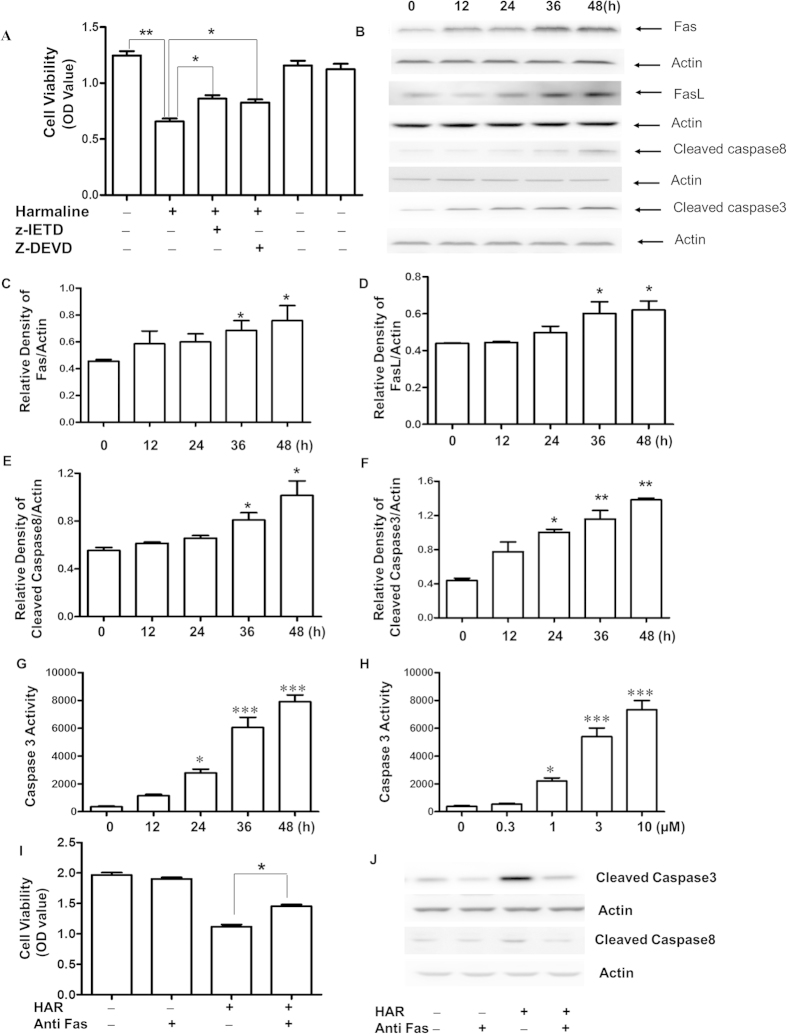Figure 5. Effects of HAR on apoptotic-related protein and Caspase-3 activity in SGC-7901 cells.
Levels of Fas/FasL, activated Caspase-8 and Caspase-3 were assessed by western blot analysis. (A) The cells were pretreated without or with z-DEVD-fmk (20 μM) or z-IETD-fmk(20 μM), and then treated with 5 μM Harmaline for another 48 h and the cell viability was measured by MTT assay and the optical density (OD) value was determined at 570 nm. n = 3. (B) The cells were treated with 5 μM of Harmaline for the indicated time periods. After treatment, the expressions Fas/FasL, activated Caspase-8 and Caspase-3 were assessed by western blot analysis. Actin was used as an internal control from the same membrane. Statistical analysis of Fas/FasL and activated Caspase-8 and Caspase-3 (C–F). (G–H) Analysis of Caspase-3 activity. SGC-7901 cells were treated with HAR as indicated. Data are presented as mean ± SD of three independent experiments. *p < 0.05 versus control, **p < 0.01 versus control and ***p < 0.001 versus control. (I) The cells were pretreated without or with 1 μM anti Fas antibody for 2 h before 5 μM HAR treatment for another 48 h and the cell viability was measured by MTT assay and the optical density (OD) value was determined at 570 nm. n = 3. (J) Anti-Fas antibody prevented caspase-8 and caspase-3 activation by HAR. Caspase-3 and caspase-8 activation were determined by the Western blot. The cells were treated the same as (I).

